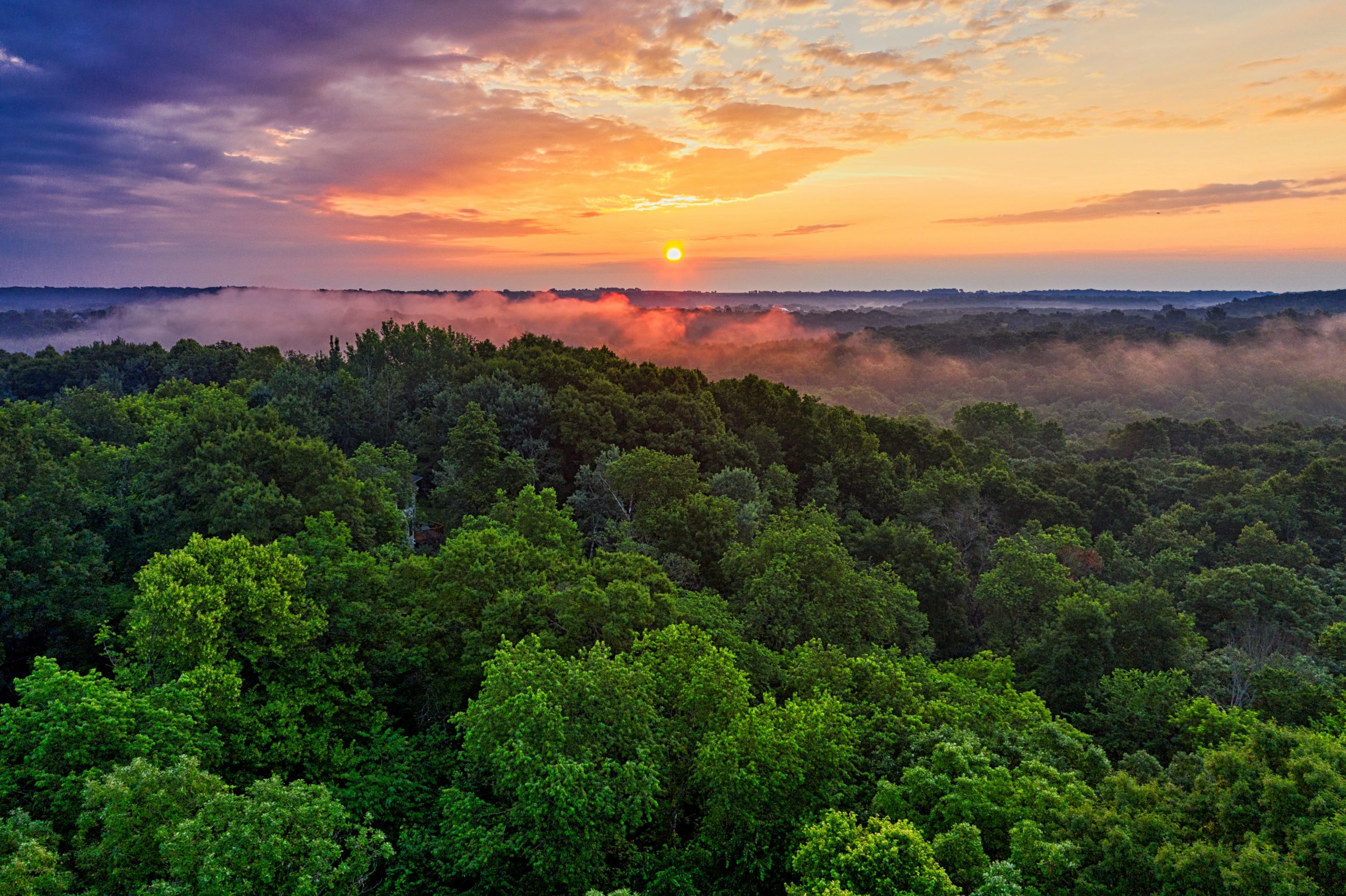How Old Phones are Protecting the Rainforest

Approximately 31% of the global land area is covered by forests and is home to over 1.3 million animal species and around 80% of all terrestrial plants and animals. Our rainforests are the lungs of the world, providing us with oxygen while also serving as a natural playground, rich with biodiversity.
To better protect our rainforests in the face of challenges like illegal logging and deforestation, Rainforest Connection found a solution that repurposes old cell phones.
Did you know that the average human buys a new phone every 2 years? That means, on average, someone will go through 44 phones throughout their lifetime. Now multiply that by 70-75% of the world population that owns a phone, and that’s a lot of phones! So what can we do with all the old phones that we go through? CEO and Founder, Topher White, had the answer.
Rainforest Connection: A Solution For Rainforest Conservation
Founded in 2012, Topher White created Rainforest Connection or RFCx, a system that uses ancient hardware with a modern-day twist, to solve present-day problems. White has a background in physics and engineering, and worked as web chief of ITER and co-founded Enthuse, a sports engagement, and mobile rewards platform.
Topher initially began creating this system because of a visit to Borneo, Indonesia where he volunteered at a gibbon reserve. While there, he noticed that there were 3 guards to protect the reserve from illegal logging, but more importantly, he realized they had to travel on foot in a dense environment that made it almost impossible to detect and thwart illegal logging. Thus began prototyping and ideating of ways he could help. After a couple of months and failed attempts later, White created RFCx.
RFCx is an acoustic monitoring system that uses auditory changes in forests to determine if illegal logging is occurring, in real-time. This could be the whines of chainsaws or the powerful thumps of century-old trees falling and hitting the rugged terrain.
The RFCx system works with what they call a guardian, which is essentially an old, modified phone placed in boxes at the tops of trees, to listen to the forest. These used cell phones are powered by solar panels that record and upload the surrounding sounds. What makes it even more special, is the use of AI. During an interview with Forbes, White said, “In terms of what you can do with the software — streaming it to the cloud, being able to analyze it up there — that’s when the really amazing stuff starts. They’re actually catching all the sound and launching it up to the cloud. We grab the data, we organize it, and then we can use it. Our networks actually pick out the sounds of chainsaws, logging trucks, animal species, all the rest.”
RFCx guardians are currently installed in 12 countries such as Cameroon, Indonesia, Costa Rica, Peru, Brazil, and Bolivia which have already proven the tech’s value. For example, in Indonesia, rangers alerted by RFCx caught illegal loggers in the act, and in Peru, local tribal members responded to alerts leading to several arrests of illegal loggers. It is estimated that each guardian covers three square kilometers, in other words, saving 15,000 tonnes of CO2.
How You Can Help Protect the Rainforest
Now, White and his team are expanding and partnering with numerous firms to help save and use his technology in other frontiers. The RFCx system is just beginning to sprout, and while the more guardians out in the wild, the more protected the forests are, we need people to take action. You can get involved by donating to their foundation and by contacting them through their various social platforms to get engaged.
There are many other actions that help protect the rainforest, and it’s important that we all do our part. We all play a role in protecting our planet home, and innovative solutions like Rainforest Connection inspire us to take action


Leave a Reply